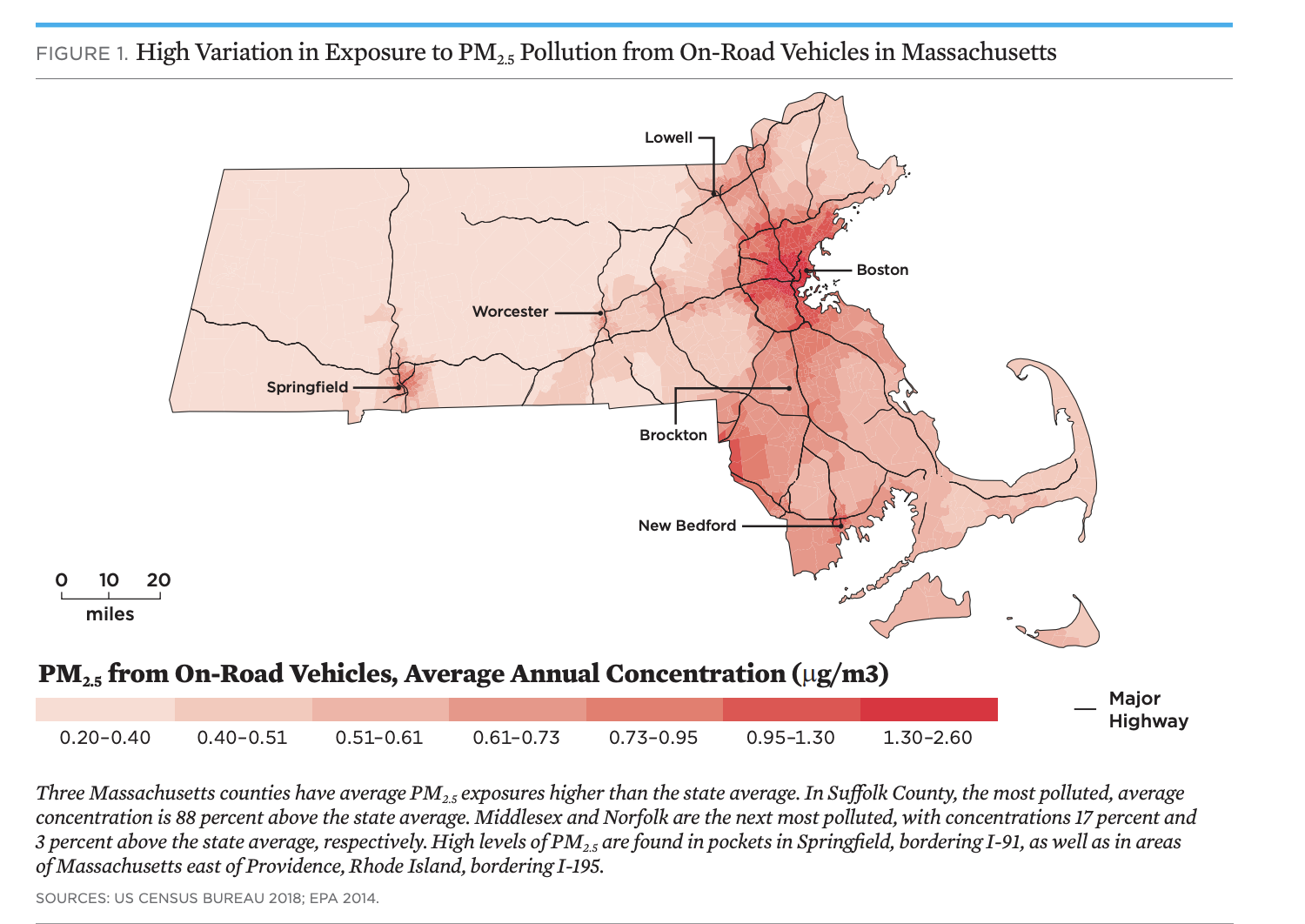Open spaces are undeveloped pieces of land that are accessible to the public. They take the form of schoolyards, playgrounds, seating areas, plazas, empty lots, and green spaces like parks, community gardens, and cemeteries.
Open spaces are on the rise in urban areas across the United States due to the aesthetic, economic, environmental, and social benefits that they provide. Parks and green spaces improve mental health by reducing anxiety, depression, and stress, while also promoting economic activity. Particularly during the COVID-19 pandemic, parks and green spaces have been a place of refuge for people to get outside, exercise, view nature, and socialize at a safe distance. In addition, green spaces in urban areas provide cleaner air, stormwater control, and cooler temperatures.
Unfortunately, despite all the good open spaces can provide, they can also drive-up property values by as much as 20 percent, pushing low-income families out of adjacent neighborhoods. In other words, “upgrading” a neighborhood by adding an open space can result in gentrification: displacement of the current residents and businesses. According to a study of five medium-sized U.S. cities, the odds of gentrification of a neighborhood increase by more than 200 percent when a new greenway park is placed within a half-mile.
Gentrification tends to occur when the development of an open space lacks community involvement. Placemaking, the development of public spaces led by the community instead of a private entity, can help to prevent this unintended consequence by ensuring that the space connects to, and serves, the people that already reside there. Moreover, the type of open space matters. Linear greenways and parks that are located close to downtown areas are closely tied to gentrification. Avoiding these types of open spaces can reduce the risk of gentrification, but at the cost of green-space benefits.
Open spaces are integral parts of the well-being of a community, especially in urban areas. They provide places for socialization, community organizing, exercise, and other essential activities. Mindful development of these spaces, with community interests and needs at the forefront, can improve access to these spaces without changing the makeup of the neighborhood.






























